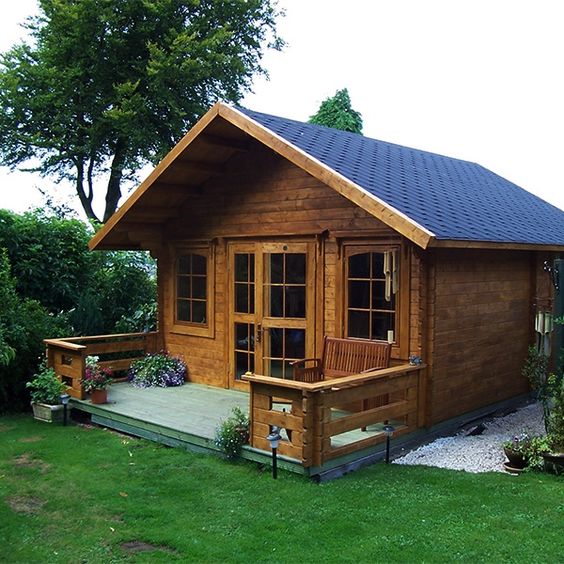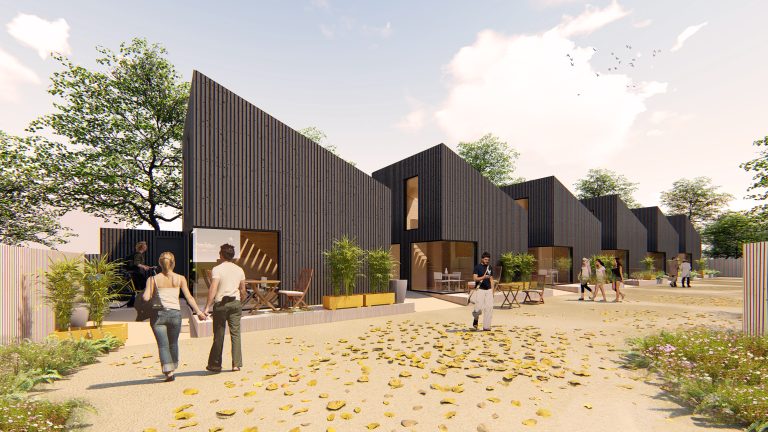Stamp duty savings available : Outdoor space, eco-friendly features and energy efficiency are the top three most desirable attributes in a new home according to a recent study, and Barratt David Wilson Homes’ Kingsbrook development offers all three in abundance.* With the recent stamp duty cuts, first time buyers can save up to £6,250 on homes worth £500,000 which will apply to homes at the brand new phase launching at the Orchard Green village in Kingsbrook. The new phase will be launching on Saturday 8th October and will include 246 one, two, three and four bedroom homes in total, of which 57 will be affordable. The first release will include three and four bedroom homes with prices starting from £425,000, allowing first time buyers and second steppers alike to take advantage of the new stamp duty cuts. The housebuilder’s award-winning partnership with the RSPB ensures Kingsbrook is a development where wildlife can thrive, with over 60% of the development dedicated to green infrastructure including ecological enhancement in the form of: wildflower meadows, ponds, woodlands, orchards, a 250 acre nature reserve, parks and allotments. Incorporated throughout the development are features such as bird boxes; hedgehog homes and highways, so that wildlife can travel safely between gardens; bee hotels and dead wood features, to provide a home for insects and solitary bees; and composting facilities. As a result of these wildlife-friendly measures, a number of key bird species have increased including the Red-Listed house sparrows which saw a rise in breeding pairs from two to 147, whilst bee numbers have more than doubled. Marc Woolfe, Head of Sales at Barratt David Wilson North Thames, commented: “Sustainability is becoming increasingly important to the next generation of homebuyers, and is something we have always prioritised. We’re very proud of our partnership with the RSPB at Kingsbrook and the important strides it has made to not only protect the existing ecology but enhance it – and it’s something that has proven to be an important factor in our residents choosing to live here. The next generation of homebuyers are definitely more concerned with the impact of their home on the environment, and Kingsbrook is a critical blueprint to demonstrate how building homes and protecting wildlife can go hand in hand.” “For this reason, alongside the drive for energy efficient homes as the energy crisis continues, we expect our new phase at the Orchard Green village to be very popular – we’ve already had many local first time buyers enquiring about how much they can save following stamp duty cuts. We want to encourage anyone interested to register their interest online, or come down and speak to one of our fantastic sales advisors who can advise on the many schemes we have to support our customers – like Deposit Unlock and Part Exchange.” All homes at Kingsbrook are built with sustainability in mind and energy efficiency at the forefront of the design, achieving an EPC A or B rating – allowing homeowners to save up to £1,410 thanks to the range of the highest efficiency technology incorporated throughout, including: A-rated condensing boilers; low heat-loss hot water cylinders which ensure water stays hotter for longer; and water savings features and fittings helping to save up to 25 litres of water a day per person. The new phase of homes at the Orchard Green village in Kingsbrook will be launching on Saturday 8th October with prices starting from £425,000. To find out more about Barratt David Wilson North Thames or the new homes at Kingsbrook please visit www.barratthomes.co.uk / www.dwh.co.uk or call 0333 355 8500 / 0333 355 8501 Building, Design & Construction Magazine | The Choice of Industry Professionals










